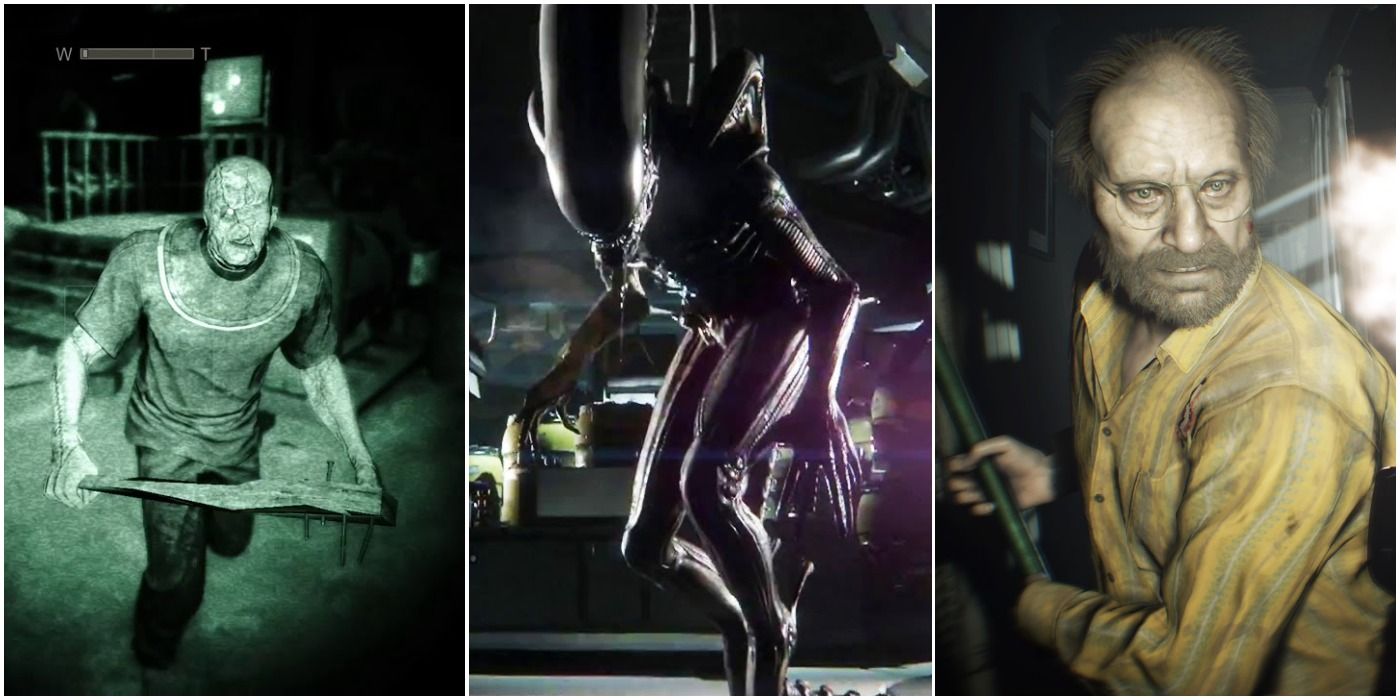
The survival horror genre is a tricky one for many reasons. These titles need to find the right balance between engaging gameplay and a good amount of terrifying moments. Tipping the scales too much in either direction can quickly turn a scary game into a caricature of an action title or a terrifying, yet boring, walking simulator.
RELATED: Games That Defined The Survival Horror Genre And Where You Can Play Them
Thankfully, the PS4/XB1 console generation had no shortage of amazing horror experiences. It may have not reached the heights of the genre's heyday back in the late 90s/early 00s, but players were still treated to a decent roster of terrifying games that were also a blast to play through.
10 Amnesia: A Machine For Pigs
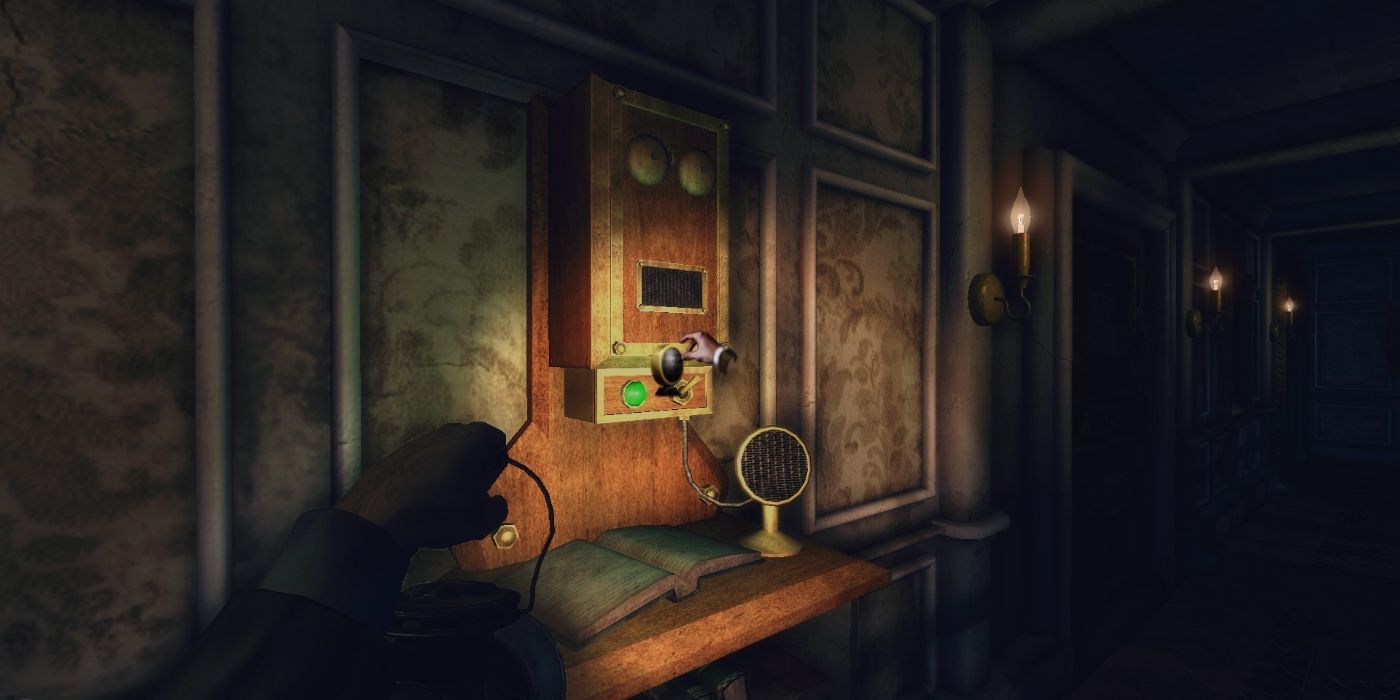
Initially developed as a DLC to the first Amnesia game, The Dark Descent, A Machine For Pigs has exceeded the expectations of its publisher, Frictional Games, and so they decided to release it as a standalone sequel. As it turned out, it was definitely the right move.
The second Amnesia title improved upon most of its predecessor's shortcomings, while at the same time managing to capture everything that made the previous game a great survival horror title. With smoother gameplay and an engaging, mysterious story, A Machine For Pigs is a must-play for any fan of the genre.
9 Outlast 2
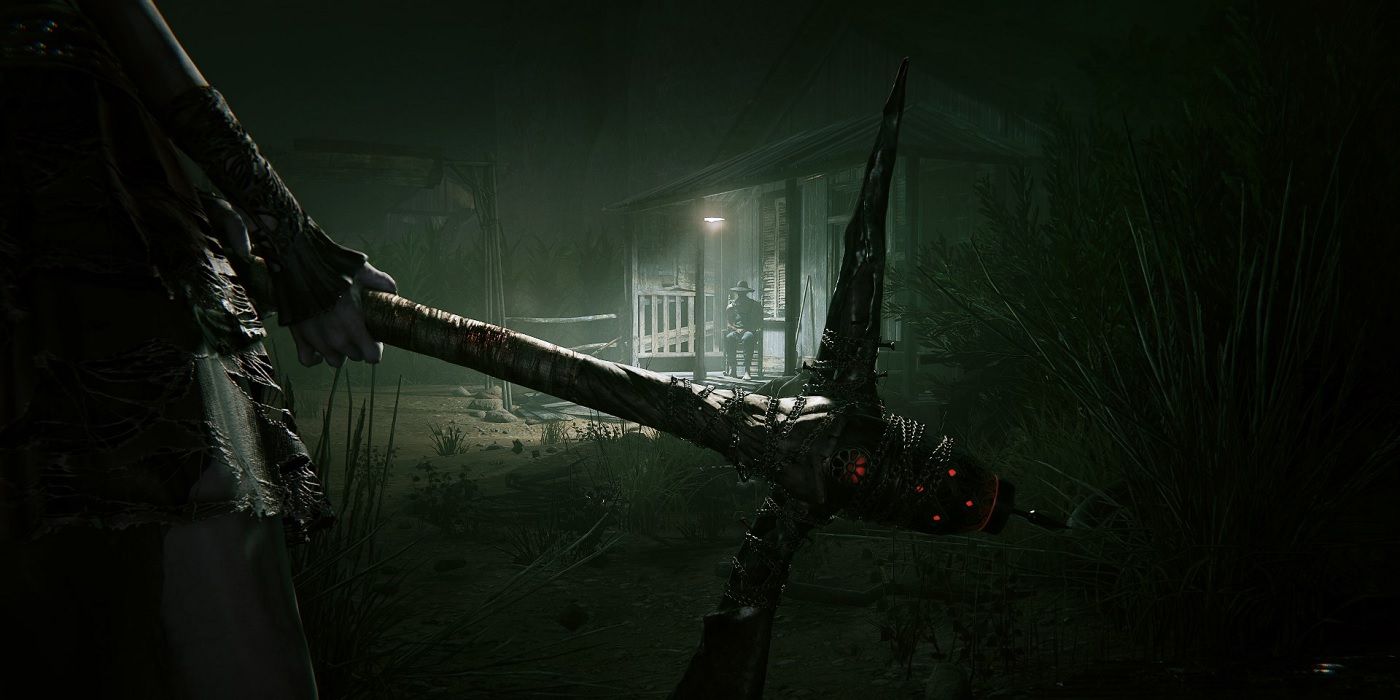
The core gameplay of Outlast 2 remained largely unchanged when comparing the game to its predecessor. Players still roamed around eerie locations with a night-vision camera illuminating the path ahead, but changes to the setting have given the second entry in this critically-acclaimed series a completely different feeling.
RELATED: Horror Games With The Most Heart Attack-Inducing Jump Scares, Ranked
Setting the game in an abandoned backwater town in rural Arizona forced the developers to establish a different atmosphere than in the first Outlast. Whereas the Mount Massive asylum known from the original game was a ripe setting for plentiful jump scares and gory encounters, the second takes a different approach towards making the game scary, as it relies more on an unsettling aura and environmental storytelling to terrify the players.
8 The Evil Within
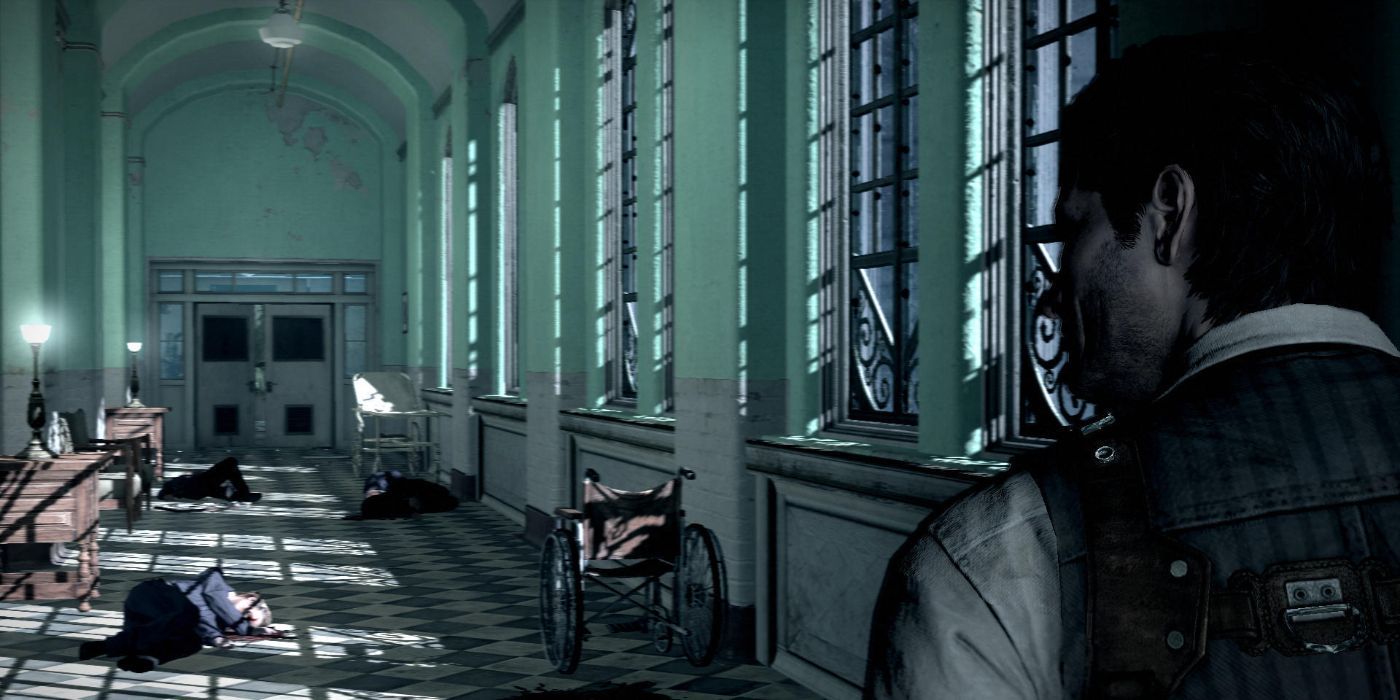
When the news of a Bethesda-published, linear survival horror game first broke out, many players were skeptical of what the game will have to offer. Bethesda has a reputation for creating games with some particularly annoying bugs, and while these kinds of issues are excusable in massive, open-world franchises like The Elder Scrolls or Fallout, they could turn out to be immersion-breaking in a game like The Evil Within.
Thankfully, the bugs were a non-issue in the game that ended up being an excellent homage to the bygone era of third-person action/horror titles like Resident Evil 4 or Alan Wake. The burden of creating the game was placed upon Tango Gameworks, a Japanese studio, who stood up to the task of creating an immersive, scary, and (perhaps most importantly) smooth experience. The Evil Within did not reinvent the genre by any means. Instead, it took everything that makes it great and gave gamers a solid game with an engaging storyline.
7 Blair Witch
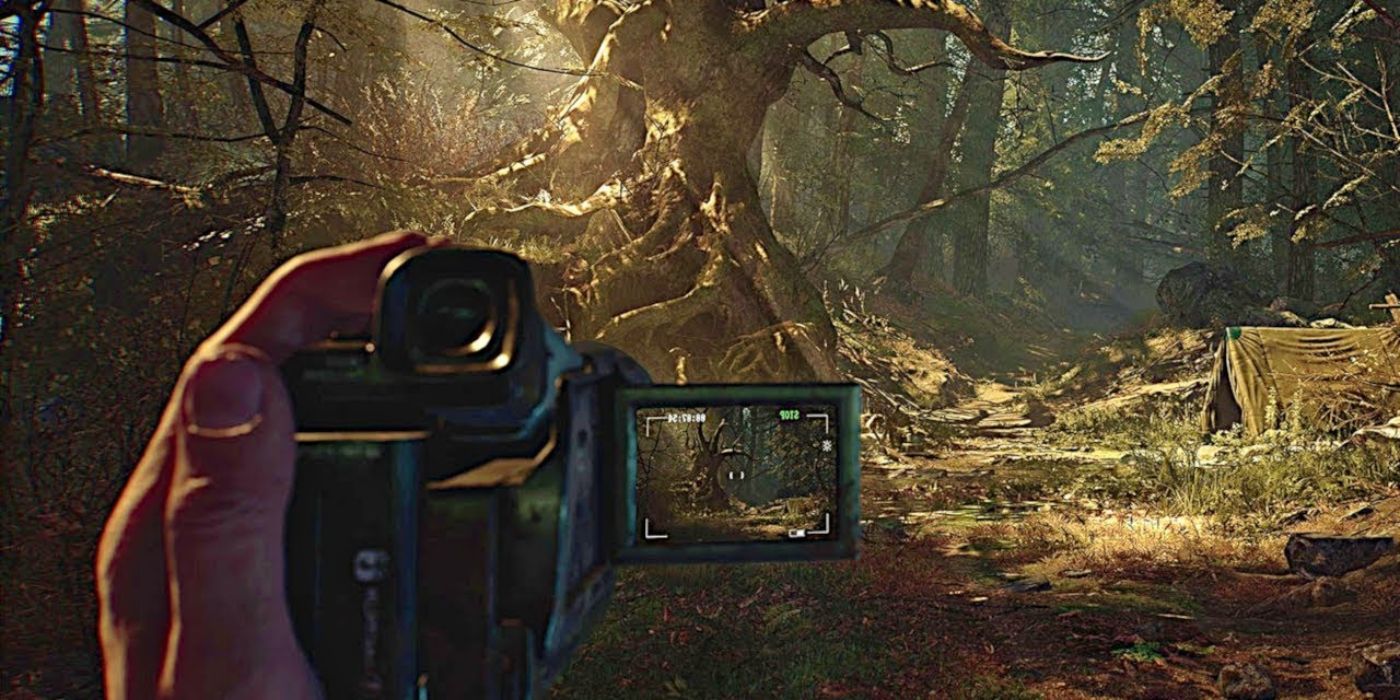
Games based on well-known movie franchises are very tricky to get right. Constantly compared to the source material and relentlessly criticized for being either not faithful enough, or lacking innovation, these types of titles oftentimes end up being lazy attempts at capitalizing on any given movie's box office success.
Thankfully, this was not the case with Blair Witch. Released well over a decade after the peak popularity of the Blair Witch Project series (and three years after the lousy remake), it was free from any sort of hype, allowing the Polish developers from Bloober Team to focus on realizing their vision. The result? A terrifying 6-8 hour single-player game with difficult, but engaging puzzles and one of the best dog companions in recent years.
6 The Evil Within 2
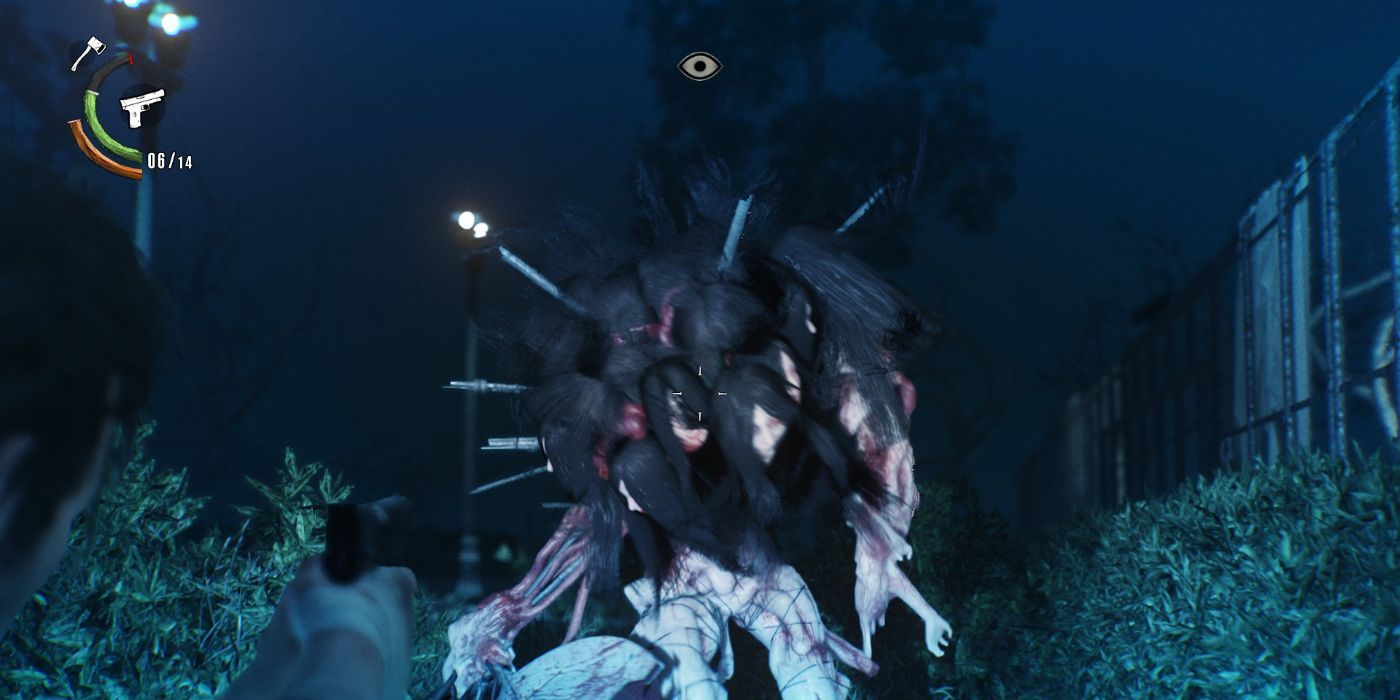
The trajectory of The Evil Within franchise is reminiscent of the Outlast series. Both sequels are more open-ended than their predecessors and add more gameplay features to the mix. The Evil Within 2 focused on polishing the gameplay, and with the inclusion of three difficulty settings, Tango Gameworks answered the plight of gamers who complained about the difficulty of the first game.
RELATED: The Evil Within 2: All Of The Weapons In The Game, Ranked
The atmosphere, setting, and an expanded stealth system came together to create a scarier experience than 2014's The Evil Within, despite many players complaining about the plot being slightly generic in comparison to its predecessor. However, given the franchise's relative success, fans can expect a sequel that builds upon the improvements of The Evil Within 2 with a better-written story.
5 Slender: The Arrival
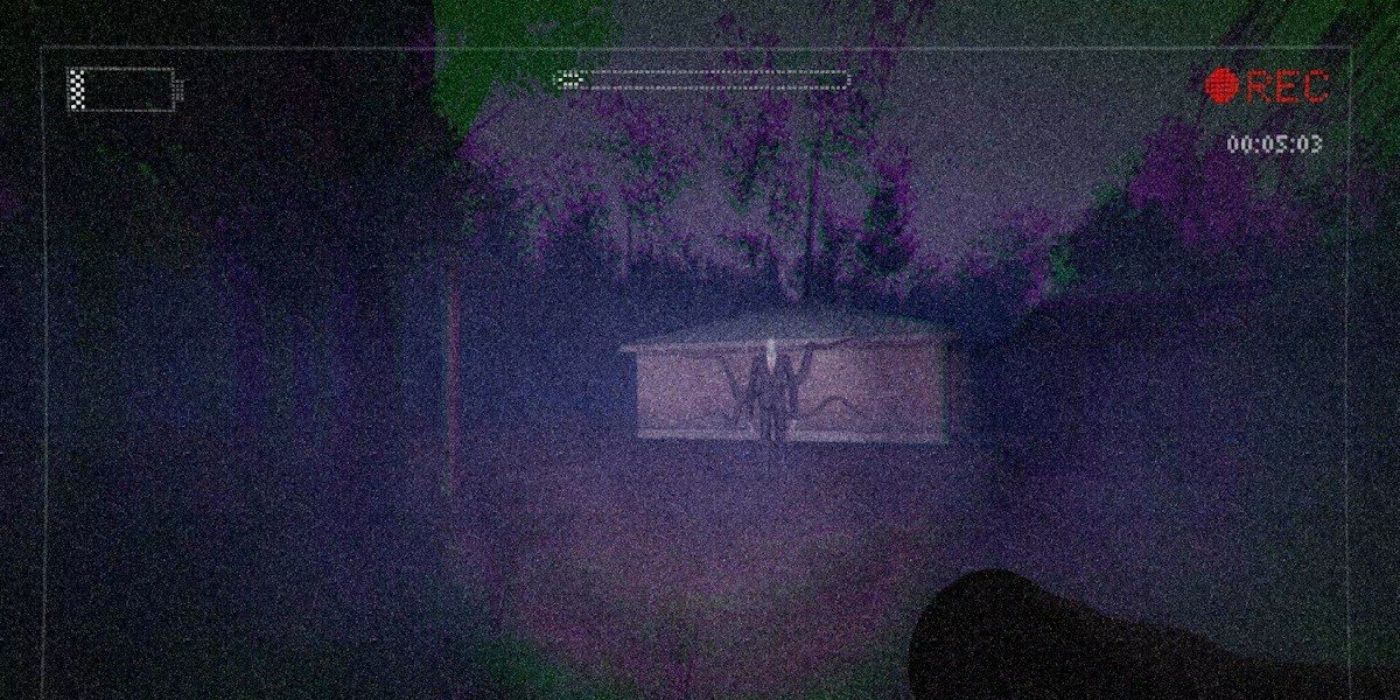
Slender: The Arrival is definite proof that a great survival horror game does not need frequent jumpscares and over-the-top, gory sequences to scare the life out of players. Seeing the Slenderman in front of one's eyes for the first time is an unforgettable, terrifying experience that surely continues to haunt many gamers to this day.
Developed as a commercial extension for the free-to-play Slender: The Eight Pages, The Arrival is a very short title that can be beaten in under two hours. Quite frankly, this is a very good thing. If it went on for any longer, it might prove to be too much to handle, even for the toughest of horror fans.
4 SOMA
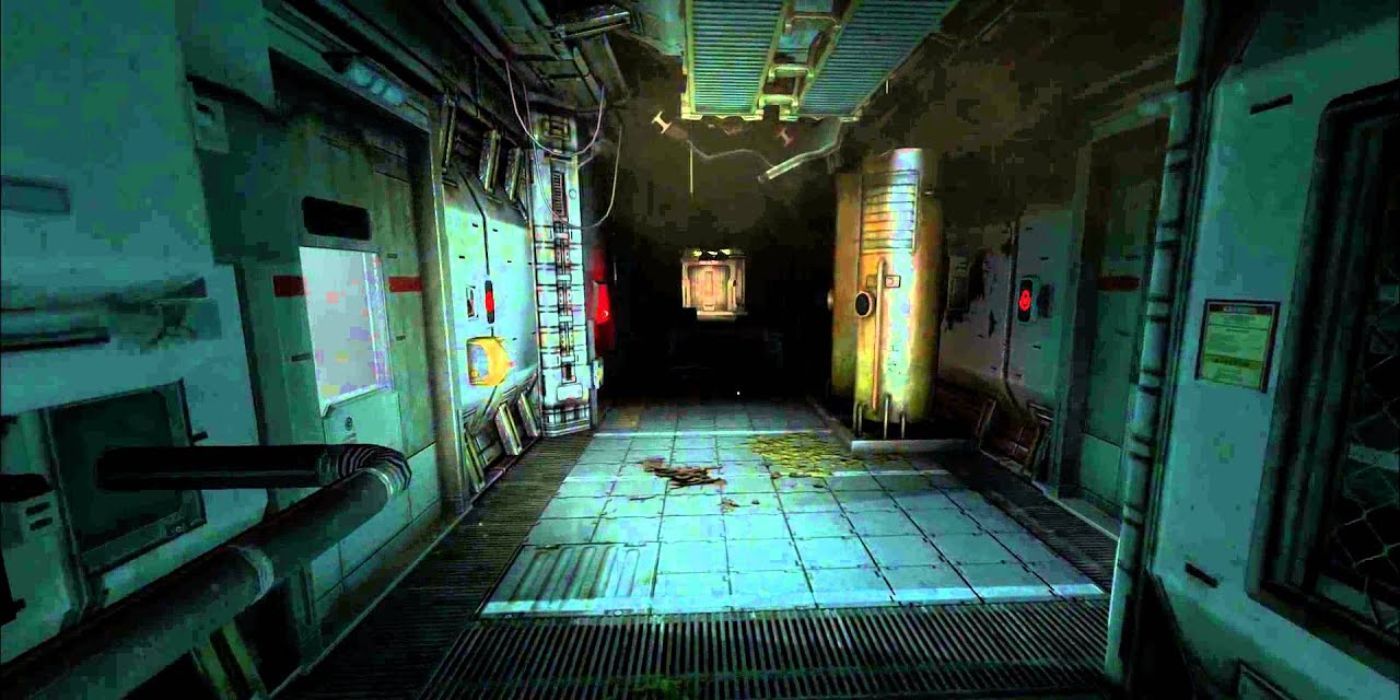
Frictional Games have proven time and time again that they have mastered the first-person survival horror niche with its cult-classic Penumbra series, as well as the more recent Amnesia games. SOMA is the Swedish studio's another foray into the genre, with a unique, futuristic twist.
Set in 2104, on an underwater research facility, it takes players on a lonesome journey as they follow the post-apocalyptic story in an attempt to save the last surviving humans from almost certain death. As far as gameplay goes, SOMA doesn't revolutionize Frictional Games' tried-and-true mix of puzzle-solving and exploration, nor does it need to. Fans of their previous games, especially the Penumbra franchise, will feel right at home playing through this frightening underwater adventure.
3 Alien: Isolation
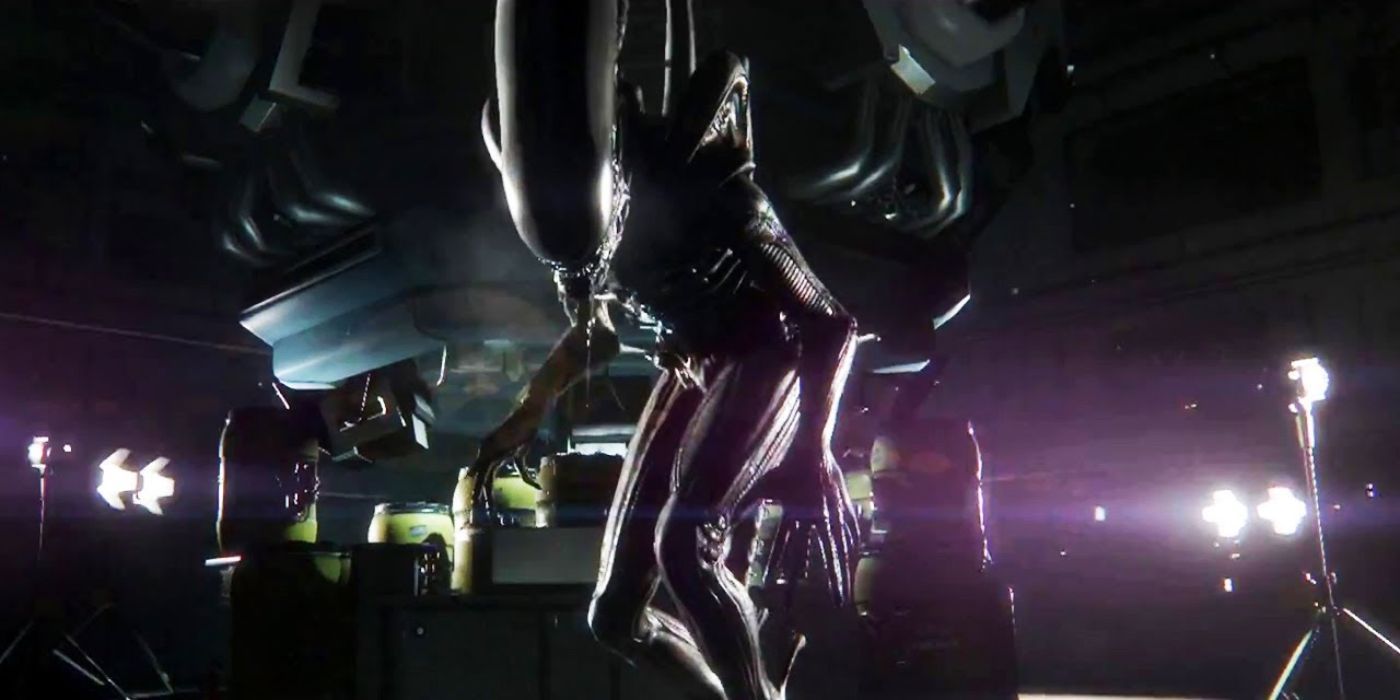
For years on end, die-hard fans of the Aliens franchise were begging for a proper, licensed survival-horror game, but all they got were shallow shooters that, at their best, felt like cheap Call of Duty knockoffs, but with xenomorphs instead of soldiers.
RELATED: Horror Games With The Deepest Lore, Ranked
This is why the release of Alien: Isolation in 2014 was such a big deal to so many horror fans. Finally, a video game managed to capture the atmosphere of constant dread and hopelessness known from the first movie without turning it into another copycat of a blockbuster franchise. Isolation is a must-play for all Aliens fans, as well as gamers who love a good scare.
2 Resident Evil 7: Biohazard
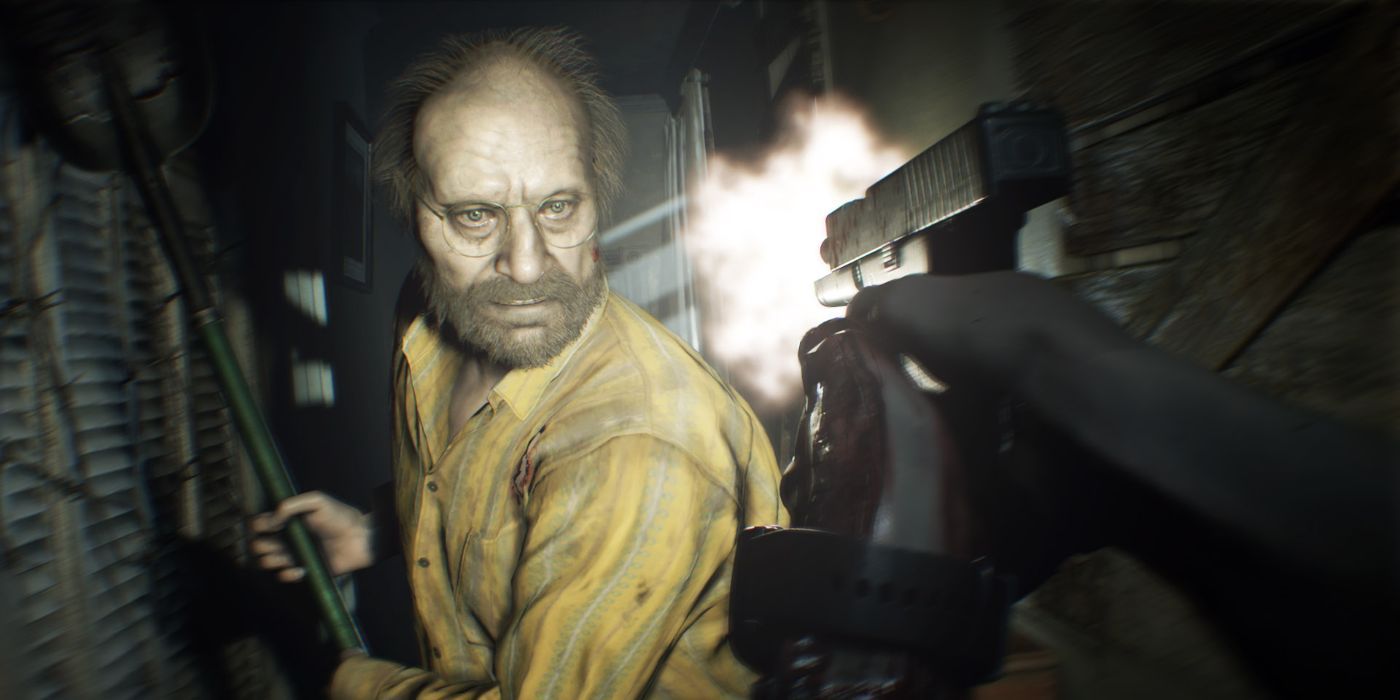
The seventh entry into the beloved Resident Evil franchise flipped the series on its head. Not only did Resident Evil 7: Biohazard introduce a brand new protagonist, but it also made the switch to the first-person perspective, which became incredibly popular in horror games in recent years.
As a result, players received one of the scariest Resident Evil games to date that freshened up the series' stale gameplay mechanics, while at the same time managing to continue the overarching narrative plot of the franchise. As it turned out, it was a step in the right direction, with 2021's Resident Evil: Village following the example set by its predecessor and expanding upon the features introduced in Biohazard.
1 Outlast
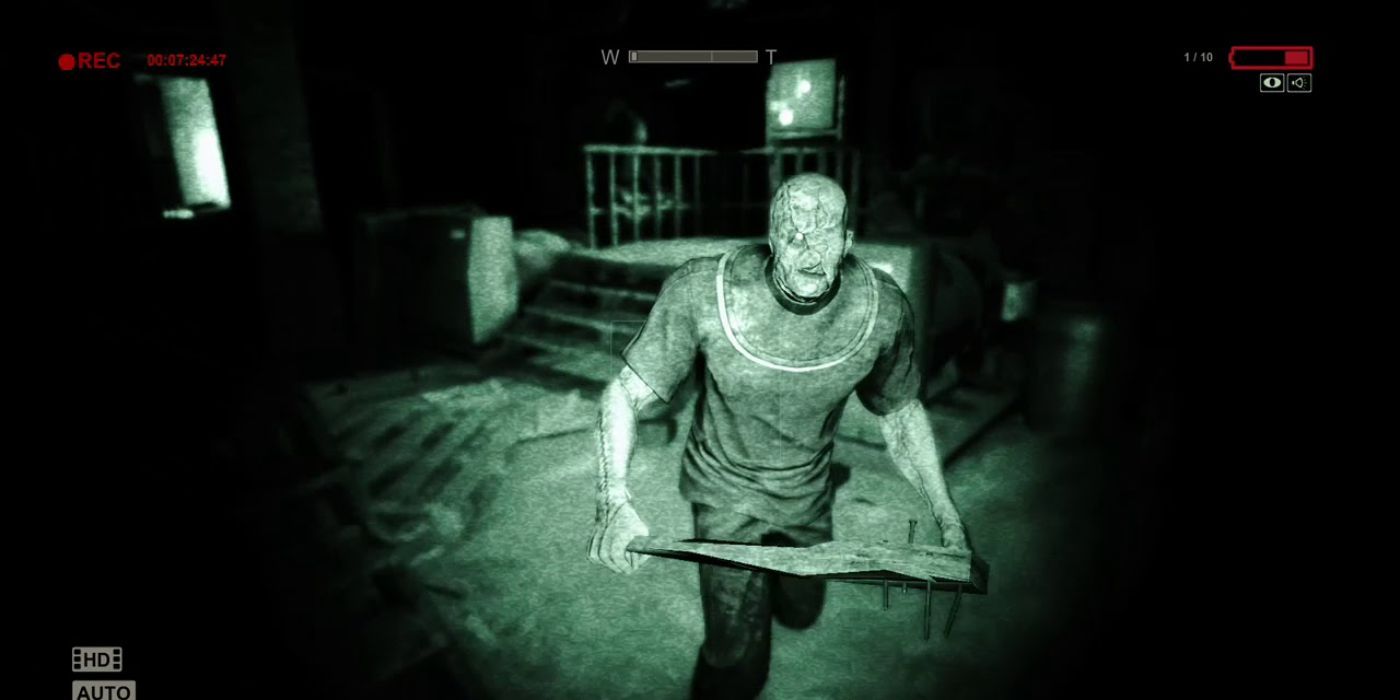
When it came out in the early days of the PS4/XB1 generations, Outlast was nothing short of a revolution in the survival horror genre. As one of the few first-person horror titles with less focus on puzzle-solving and more on jumpscare-fueled action, it quickly made a reputation for itself as one of the best survival horror games of all time.
The innovative use of night-vision to crank up the dense, terrifying atmosphere increase the feeling of overwhelming terror even more. The story of a journalist investigating a remote psychiatric hospital may have been a bit of a cliche, but it was well-written and masterfully executed to the point of sucking players in, anyway.

